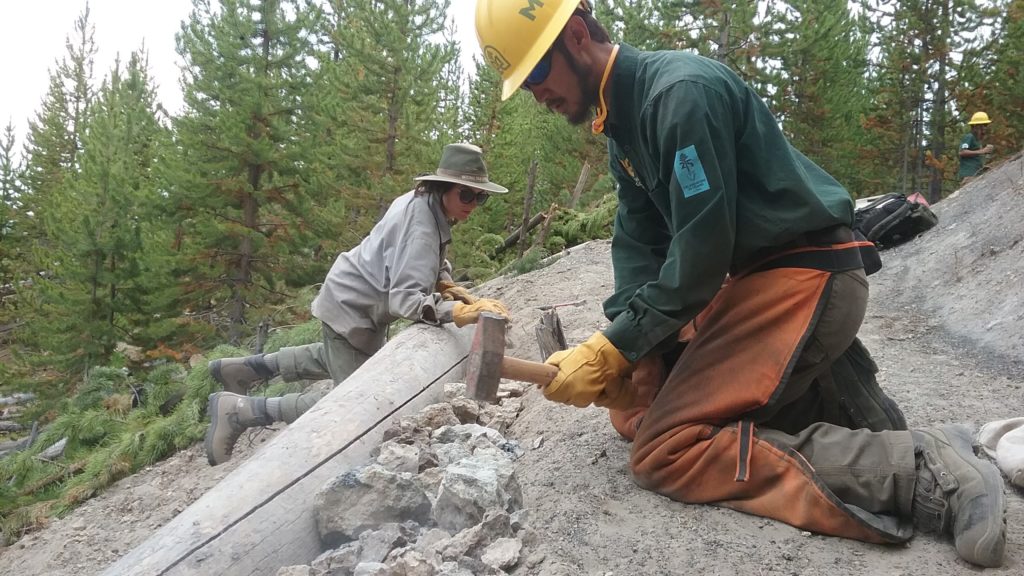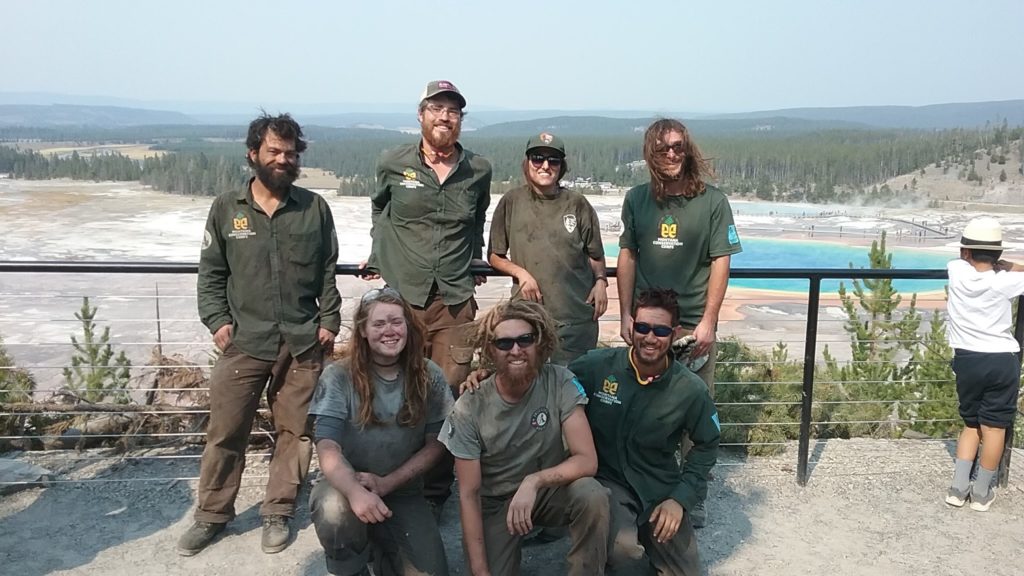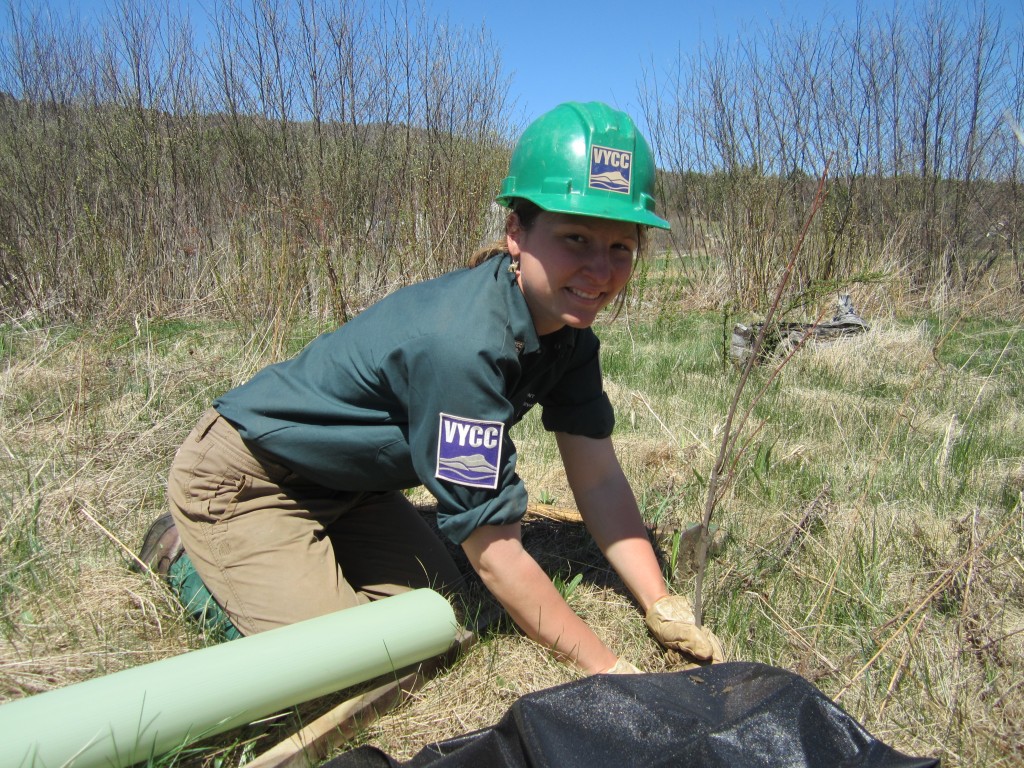
National parks an important part of local economies, particularly in rural areas. Last year, a record 331 million visitors spent over $18 billion at national parks and their surrounding communities. Yellowstone, one of the top ten national parks by visitor spending, attracted more than 4.2 million visitors and generated $524.3 million.
Described as the world’s first national park, Yellowstone has many attractions for thrill-seekers and explorer’s alike. Visitors can go camping, view wildlife, enjoy horseback riding, and take the Yellowstone Pledge: To be a steward and help protect myself and the park. What most people come for, however, are the hot springs.
Spread across Wyoming, Montana and Idaho, Yellowstone offers 3,500 square miles of wilderness recreation area, sitting atop a volcanic hot spring. Geothermal attractions include Old Faithful and the Grand Prismatic Spring.
To address surging visitation, and growing concerns for visitor safety and resource preservation, the park’s Yellowstone Conservation Corps partnered with Montana Conservation Corps (MCC) – a 21CSC Member Organization – to create a trail to an overlook above the Grand Prismatic Spring, one of Yellowstone’s most visited thermal treasures.
The 0.6-mile-long boardwalk trail was constructed over a 10-week timeframe: July 9 – September 16. The main goals of this project were to enhance the visitor experience and protect the site. In the past, visitors frequented off-limit areas, creating “social trails.” Foot traffic from these informal trails caused erosion, putting visitors and the ecosystem in danger. The new trail offers Park visitors a sensational, safe view of the spring, while also protecting the thermal treasure and surrounding ecosystem.
In a comment to the media, Yellowstone National Park’s superintendent, Dan Wenk, applauded construction of the trail and overlook, stating new construction will “provide a different view of Grand Prismatic Spring and minimize the growth of unsightly, unofficial social trails in the process.”

Because the project took place in one of the most visited national parks, the crews frequently interacted with the public. This enabled the crews to see firsthand the relationship between the park and visitors. Crews learned how to convey the importance of ensuring fragile ecosystems remain undisturbed: “look, but don’t touch” is an essential practice for the safety of the environment and public.
“When doing conservation work on our public lands, especially in a national park, understanding how to navigate the relationship with the public is critical,” said Kelly Moorman, Communications Manager at MCC. “The crew also developed their trail construction and habitat restoration skills.”
In addition to constructing the boardwalk trail, the MCC crews also installed erosion control structures, rehabilitated old social trails, and partook in slash-piling and bridge construction. Throughout the course of the summer, the project engaged 18 MCC AmeriCorps members, ranging in age from 18 – 27.
“On this project, my crew and I gained a lot of pride for the work we do. We enjoy the trail work, but this project gave us a lot of perspective on why our job is so important,” said David Chaman, Field Crew Leader. “The hot days, dirt stained clothes, and the blood and sweat we put into making the Grand Prismatic overlook trail won’t be seen by the public. But the result of those things will. We had the privilege of making a trail that we know will be paved with millions of footsteps every year. Plus, when dealing with the aforementioned repercussions of our work, all we had to do was turn around and take in that incredible view of the Grand Prismatic to realize that it is all worth it.”
What sets Yellowstone apart from other parks is its rich history. Established in 1872, Yellowstone has seen over 11,000 years of human presence, including the activity of several historic tribes, the arrival of European Americans, and formal expeditions. This history drove the National Park Service’s mission to preserve natural and cultural resources.
Thank you to Kelly Moorman, Communications Manager at Montana Conservation Corps, for providing information for this story.



